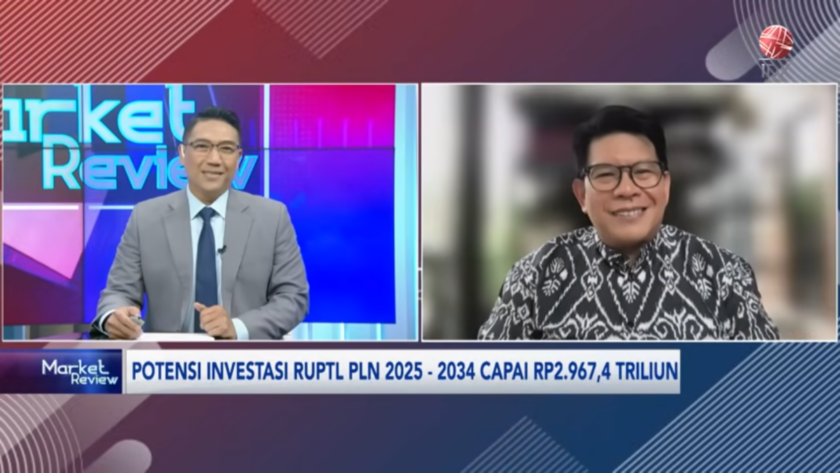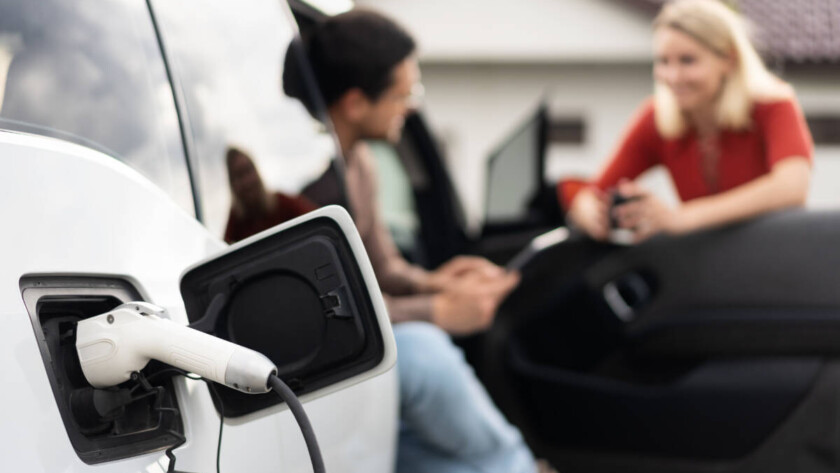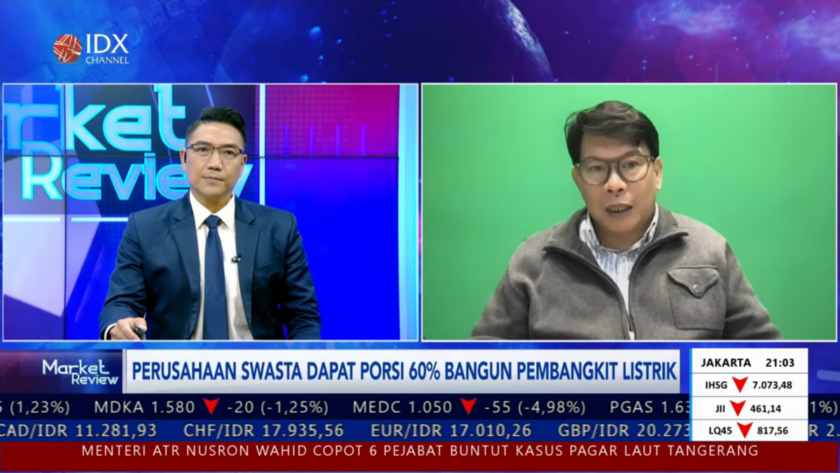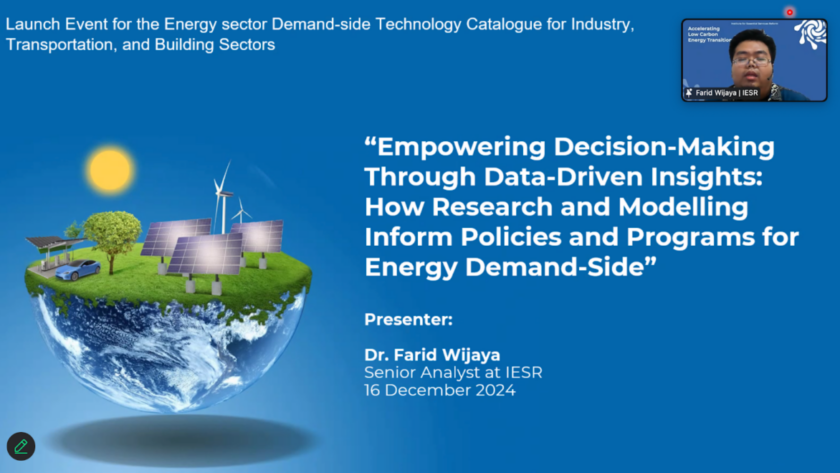Jakarta, June 9, 2025 - The Indonesian government recently released the Electricity Supply Business Plan (RUPTL) which will be the guideline for the development of Indonesia's electricity in the next 10 years. The government through PLN plans to increase Indonesia's electricity capacity by 69.5 GW. Renewable energy is planned to dominate with a capacity of…












